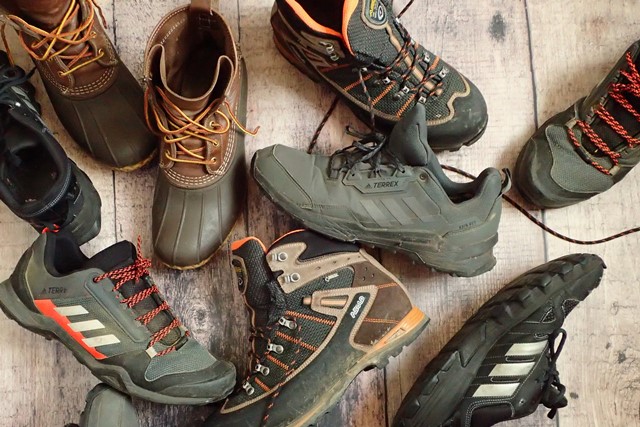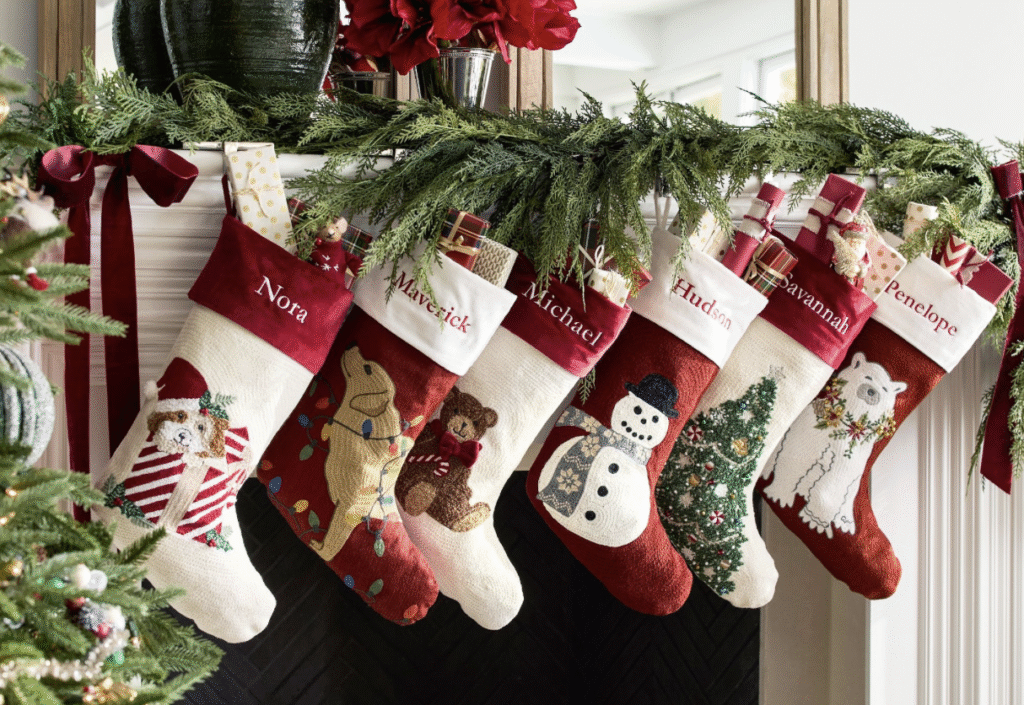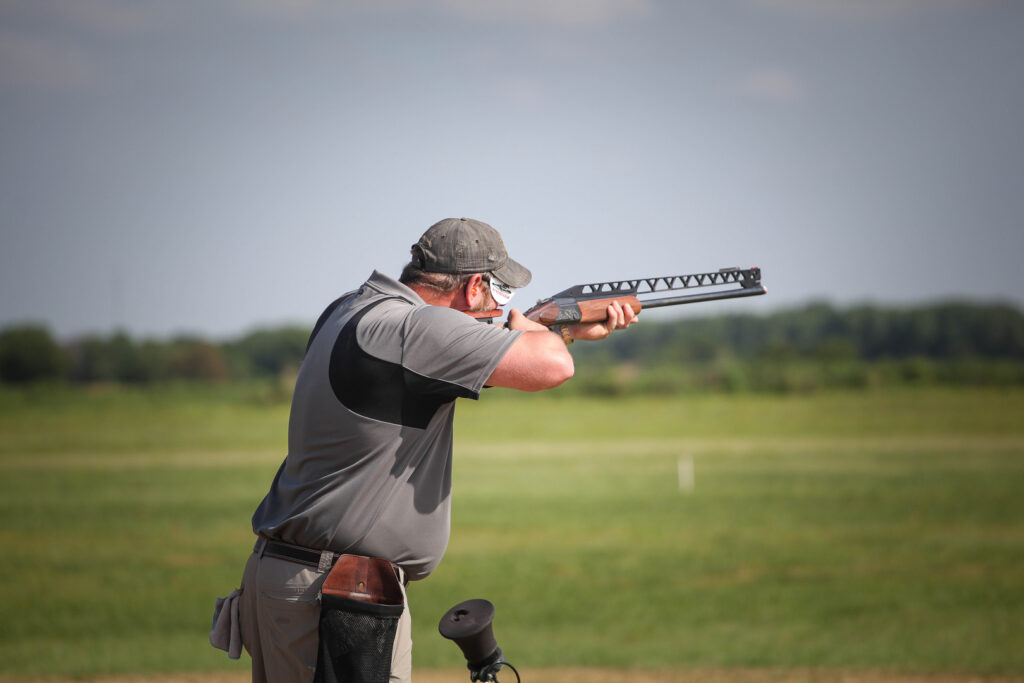Choosing the proper outdoor footwear is crucial, especially when weighing the difference between waterproof and light and breathable options. Waterproof shoes keep feet dry in wet conditions, but can be heavier and cause overheating. In contrast, light and breathable footwear offers comfort and ventilation but may not protect against moisture. This article will highlight the facts of each choice to help you make an informed decision for your outdoor adventures.
What’s Better for Footwear? Waterproof or Light and Breathable?
Boots or Trail Runners?
Most people associate outdoor footwear with hiking boots—I know I did! Hiking boots offer ankle support, traction, and durability for rugged terrains. Their design helps prevent injuries, making them ideal for challenging trails. Additionally, hiking boots are heavily marketed as essential outdoor gear, reinforcing their reputation as the go-to choice for outdoor adventures, especially the waterproof type.
Hikers and campers often prefer trail runners over traditional hiking boots. Trail runners are lighter, which reduces fatigue during long outings, and they offer greater flexibility and comfort on less technical terrain. Their breathability helps keep feet cooler and minimizes blisters in warm weather.
Advertisement — Continue Reading Below
Many trail runners have outsoles (the part of the sole that touches the ground) that provide excellent traction while remaining less bulky than boots. They also dry quickly, making them suitable for wet conditions. This versatility allows users to engage in various outdoor activities. Many find that the benefits of trail runners suit their needs better than hiking boots. This preference goes for waterproof or light and breathable footwear.
Injuries
Leg, foot, and ankle injuries happen. No matter what you wear. More people wear boots than any other form of hiking footwear. However, boots won’t make you immune to injuries. In the same way they offer ankle support, they also make you slow to react and correct a bad step. If you depend on boots for ankle support, your ankles will never get stronger.
However, lighter trail runners are easier to maneuver and can help correct a bad step due to their quicker lightness. As for ankle support, it’s pretty simple. If you wear trail runners daily or on more hikes, your ankles will learn their job. You will strengthen your ankles and not depend on heavier footwear to compensate for weak ankles.
Advertisement — Continue Reading Below
Why Waterproof?

Waterproof footwear has its place. Hiking in the rain and working on a project outdoors when it’s raining come to mind. However, stepping into deep creeks, swamps, or rivers won’t do you any good. Your boots will hold water inside as well as they keep it out.
GORE-TEX material in footwear delivers waterproofing, windproof protection, and limited breathability. This technology keeps feet dry and comfortable in various conditions while allowing moisture to escape. Many companies have their proprietary version of GORE-TEX that is similar. Eventually, it will wet through and become heavy. The worst part is how long it takes for waterproof footwear to dry. This is detrimental on multiday trips!
Advertisement — Continue Reading Below
Light and Breathable?
Trail runners are for outdoor trail running and hiking. They’re light and take nearly zero time to break in. Although not all trail runners are waterproof, they will dry extremely fast on a run or hike. Every step will push water out if you step in a deep puddle or creek. Suppose it’s a sunny day, even better!
Trail runners come in waterproof or light and breathable versions. You’ll be fine if you avoid puddles or creek crossings deeper than your ankle. Hiking in deep snow is the time to use waterproof trail runners with gaiters to keep snow out. I prefer Adidas for my trail runners, whether waterproof or light and breathable, for most occasions.
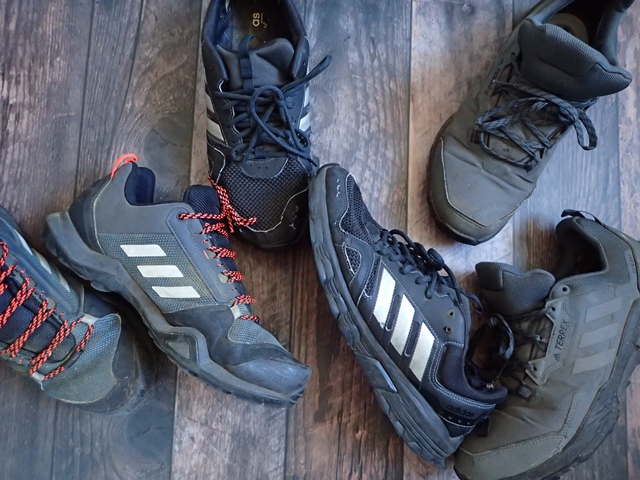
Advertisement — Continue Reading Below
Trail runner shoes easily slip off, and you can elevate your feet on trail breaks. Try that with boots. Also, when nature calls while camping, it’s easy to slip into trail runners and do your business. Trail runners may not last as long as boots, but they are less expensive when replacing your favorite footwear.
Conclusion: Waterproof or Light and Breathable?
Ultimately, use what makes you comfortable. The common backpacking phrase is “A pound on your feet equals five pounds on your back.” This saying highlights the importance of lightweight footwear, as extra weight on your feet requires significantly more energy to carry than the same weight in your pack.
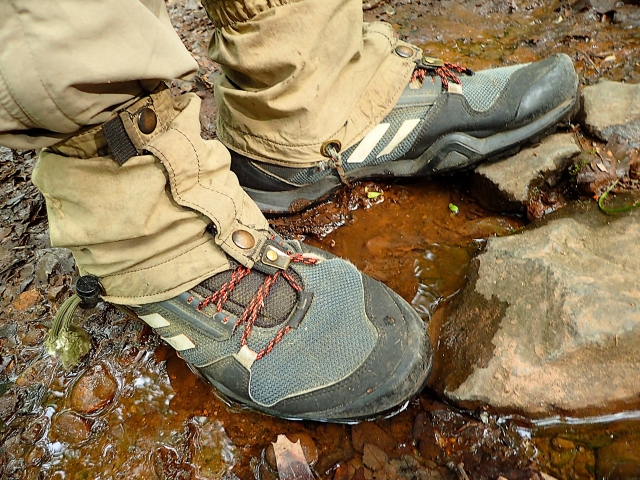
Advertisement — Continue Reading Below
